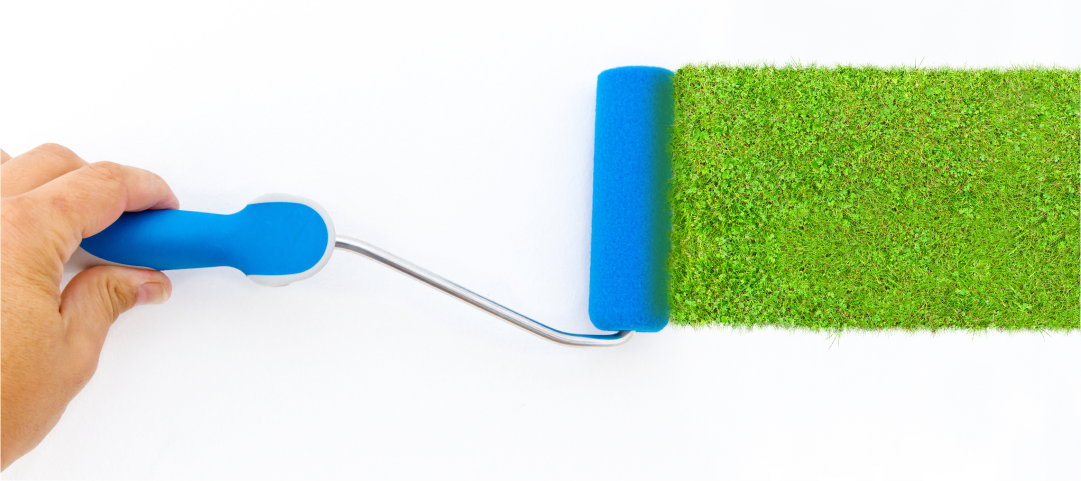
With growing awareness of climate change, it is important to make sustainable choices in every aspect of our lives including the choice of materials for the upgradation of private and public buildings. In recent years, the introduction of eco-friendly paints has transformed the paint industry and provided a green alternative. The biggest disadvantage of using conventional paints is that they may release a high concentration of petroleum-based solvents or volatile organic compounds (VOCs) which is a health hazard and contributes to indoor air pollution.
Some of the natural or recycled materials used to make organic paints include plant resins, clays, and minerals that reduce reliance on fossil fuels, and decrease carbon emissions. Additionally, the manufacturing and packaging of paint follow eco-conscious practices, focusing on the use of recyclable materials, emphasising ecological responsibility, use of renewable energy, water conservation, recycling, and waste reduction.
Sustainable paints, offer numerous ecological benefits compared to traditional paints with various advantages such as:
Good Indoor Air Quality
Eco-friendly paints generally have a very low level of VOCs, ensuring no toxic fumes persist once the paint has dried and promoting a healthier indoor air quality. Moreover, sustainable paints are free from toxins and have no odour, providing clean indoor air quality during and after the painting application.
Minimised Ecological Footprint
Environmentally friendly paints are produced using sustainable materials and methods, resulting in a reduced environmental impact compared to conventional paint. This involves incorporating natural or recycled materials, utilising renewable energy sources, and implementing waste reduction practices. The manufacturing process of green paints emits fewer fumes that can harm air quality and generate less toxic waste than traditional paint production. Additionally, the natural components in eco-paints are biodegradable and contribute to improving the air quality within buildings.
Time-Tested Performance
Some of the characteristics of eco-friendly paints include exceptional durability and extended longevity which offers potential savings on maintenance and repainting costs in the long run. Its algae-resistant formulation reduces the growth of algae on exterior surfaces. Additionally, these paints are more resistant to fading, or peeling which reduces the necessity for frequent repainting.
Biodegradable
Green paints do not contain synthetic materials, making them better for the planet. These paints are biodegradable because they are usually water-based, breaking down easily and containing fewer harmful chemicals than non-water-based options.
Available in Multiple Options
Sustainable Paints are available in many colours, finishes, and textures tailored to match various design preferences. Whether one opts for a matte, satin, or glossy aesthetics, eco friendly paints function as an important design element that enhance the overall look of the interiors and exteriors.

Easy Application Process
Unlike traditional paints, non-toxic and sustainable paints provide seamless surface coverage and excellent adhesion to walls alongside a stress-free painting experience. These paints are available in multiple colour combinations and finishes that enhance the aesthetics.

